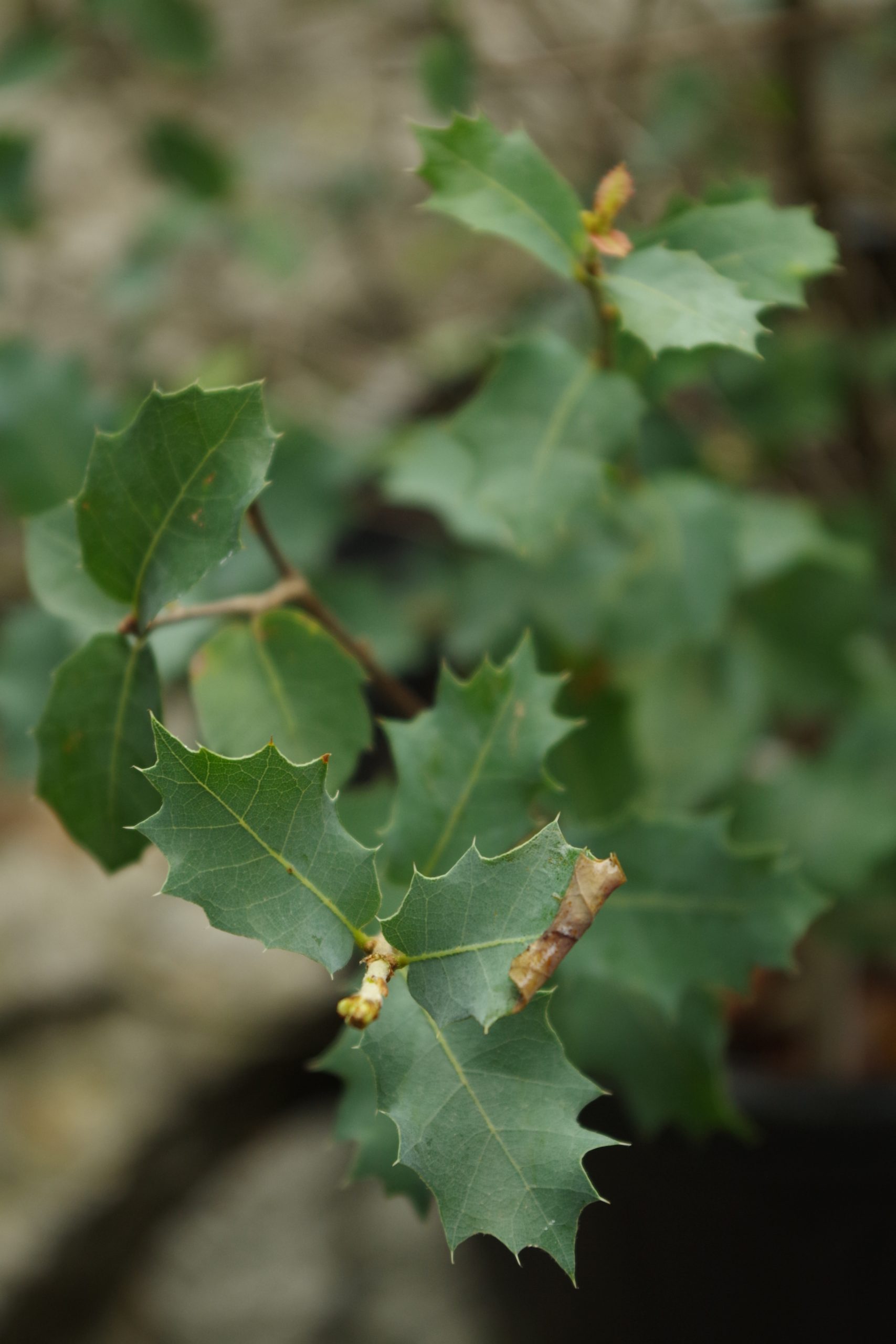Plants Turn to Sugar During Stress
Plants convert the sun’s energy into sugar, sustaining all life. But plants contain many types of sugars: mono-, di-, tri-, oligo-saccharides, sugar alcohols, and sugars bonded to hormones, and each plays a unique role in the life of the plant.
For example, certain sugars, primarily di- and tri-saccharides, are a key component of stress tolerance. They help seeds survive extreme drying (important in seed banking) and accumulate in buds as they prepare for the cold of winter.
Similarly, cryopreservation protocols include high levels of the disaccharide sucrose in the cryoprotectant solutions to protect plant tissues during freezing in liquid nitrogen. But what about the actual sugars inside the shoot tips we try to cryopreserve? Do they factor into tissue survival?
To answer that question, multiple samples of 13 tissue types from 9 species in CREW’s in vitro collection were sent to the Center for Agricultural and Life Sciences Metabolomics (CALM) lab at the University of Kentucky to measure 11 different sugar concentrations. Samples included tissues that grew abnormally in culture, came from diverse habitats, and/or exhibited varied survival following cryopreservation.
Among the results, Hinckley’s oak, which does not survive cryopreservation well, had much higher levels of sorbose, fructose, glucose (all mono-saccharides), and myo-inositol (a sugar alcohol) than live oak cultures, which do survive. Thus, the proportion of di- and tri-saccharides may be key to survival.
These interesting results form the basis of future plant sugar studies CREW’s Plant Division has planned. By looking inside the tissues, we hope to get a clearer picture as to why some species survive cryopreservation, whereas others do not. (This work was funded by a grant from the Basis Foundation.)

